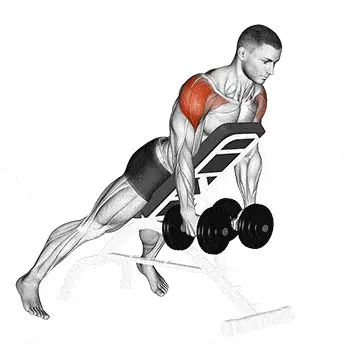Body Weight Handstand Push Up

Description of Body Weight Handstand Push Up
The Body Weight Handstand Push Up is an advanced bodyweight exercise that combines strength, balance, and coordination. This impressive movement primarily targets the shoulders, triceps, and chest while also engaging the core and upper back. It requires a significant amount of upper body strength and control, making it a superb test of fitness for those ready to elevate their training routine.
Muscles Involved
Performing a handstand push-up engages various muscles, including:
- Deltoids (Shoulders)
- Triceps Brachii
- Pectoralis Major (Chest)
- Rhomboids (Upper Back)
- Latissimus Dorsi (Back)
- Core Muscles (Abdominals and Obliques for stabilization)
Top Mistakes
Avoid these common mistakes to ensure safe and effective execution:
- Not maintaining a straight body line - Keep your legs and torso aligned.
- Allowing the head to drop excessively - Aim for a controlled lowering of the head to avoid neck strain.
- Neglecting form to gain momentum - Focus on strength and control rather than speed.
- Inadequate warm-up - Prepare your shoulders and wrists to reduce injury risk.
Execution Tips
To successfully perform a handstand push-up, follow these execution tips:
- Start with wall-supported handstands to build confidence and strength.
- Maintain an active shoulder position; don’t simply let your shoulders sag.
- Engage your core throughout the movement to prevent swinging or losing balance.
- Lower your head to a target, such as an ab mat or soft surface, ensuring your elbows stay close to your body.
Workouts
Incorporate the handstand push-up into your training regimen with these suggested workouts:
- Handstand Push-Up Progressions: Begin with wall-supported holds, then practice negatives.
- Strength Circuits: Combine handstand push-ups with other bodyweight exercises like pull-ups and dips.
- Skill Work: Dedicate time to practicing balance and control to improve the handstand hold.
Conclusion
The Body Weight Handstand Push Up is an impressive feat of strength and balance that offers various benefits. By focusing on proper form, correcting common mistakes, and incorporating it into a structured workout routine, you can develop increased upper body strength and stability. With consistent practice, this challenging exercise can become a rewarding achievement in your fitness journey.



